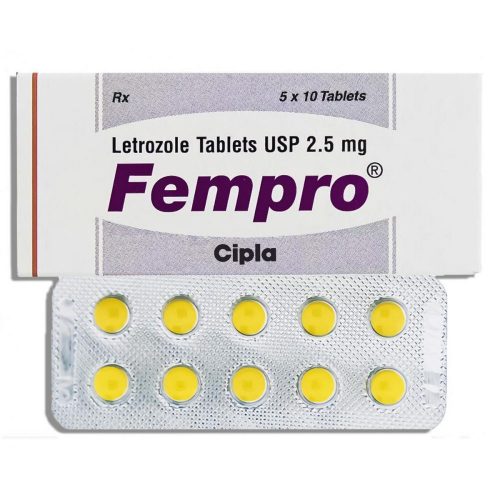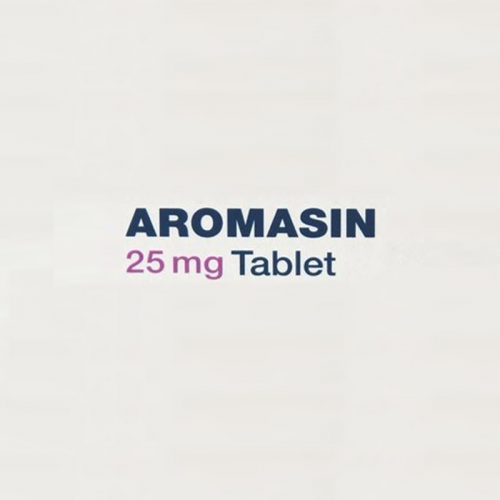Showing all 4 results
Aromatase inhibitors
Aromatase inhibitors have been used to preserve fertility by stimulate ovulation. By inhibiting aromatase in premenopausal women the estrogen levels are reduced temporarily which leads to increased gonadotropin secretion and stimulate ovaries and that causes rise in estrogen levels.
Clinical use of steroidal aromatase inhibitors today is more or less limited to Exemestane. Use of formestane (Lentaron) is very limited and in some countries it is not used anymore. Formestane has been superseded by newer and better inhibitors with better oral availability and fewer side effects, exemestane and the newer generation of non-steroidal aromatase inhibitors.
Aromatase Inhibitors are classified into two categories based on their structure, nonsteroidal and steroidal; the latter resemble the structure of androstenedione. Steroidal aromatase inhibitors irreversibly inhibit the enzyme by binding covalently to the binding site of aromatase so the substrate can’t access it.
Selective aromatase inhibitors are: Anastrozole (Arimidex), Letrozole (Femara), Exemestane (Aromasin).



